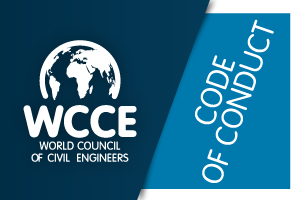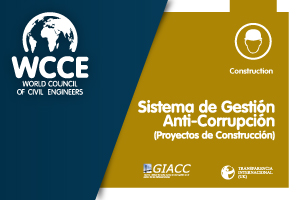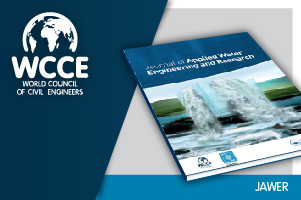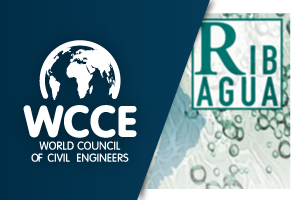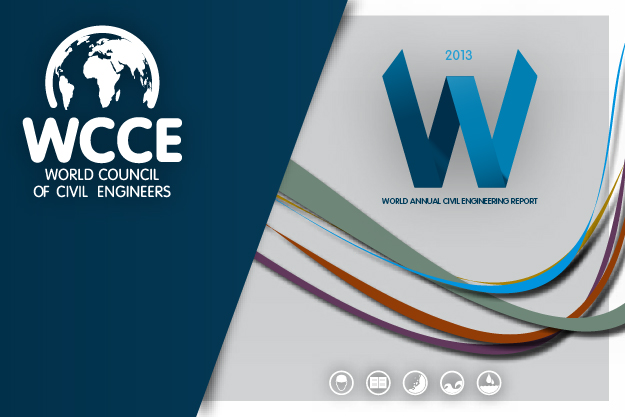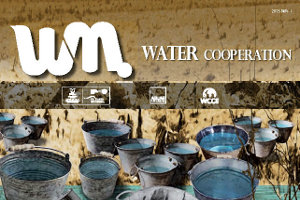 Camino Real de Tierra Adentro was the Royal Inland Road, also known as the Silver Route. The inscribed property consists of 55 sites and five existing World Heritage sites lying along a 1400 km section of this 2600 km route, that extends north from Mexico City to Texas and New Mexico, United States of America. The route was actively used as a trade route for 300 years, from the mid-16th to the 19th centuries, mainly for transporting silver extracted from the mines of Zacatecas, Guanajuato and San Luis Potosí, and mercury imported from Europe.
Camino Real de Tierra Adentro was the Royal Inland Road, also known as the Silver Route. The inscribed property consists of 55 sites and five existing World Heritage sites lying along a 1400 km section of this 2600 km route, that extends north from Mexico City to Texas and New Mexico, United States of America. The route was actively used as a trade route for 300 years, from the mid-16th to the 19th centuries, mainly for transporting silver extracted from the mines of Zacatecas, Guanajuato and San Luis Potosí, and mercury imported from Europe.
Although it is a route that was motivated and consolidated by the mining industry, it also fostered the creation of social, cultural and religious links in particular between Spanish and Amerindian cultures.
Historical Description
The Camino Real de Tierra Adentro developed to serve the great mining initiatives in northern Mexico during the Spanish colonial period, with attendant farming, grazing and military support for mining activities. Concurrently, evangelists devoted themselves to the spiritual life of indigenous people and settlers who accompanied the mining process.
In the early stages the Camino Real de Tierra Adentro was not fixed in all its points and tracts. Even in later years it was not one fixed route, but can be seen as a gradual development of routes that linked what is now Mexico City to the remoter areas of the north where the mines and new towns were created. And along these routes, since the 16th century were planned development of forts, towns and haciendas to protect the routes.
The discovery of the mines of Zacatecas in 1546 was the fundamental starting point for this process, since it was indispensable to protect people and to guarantee the safe delivery of silver, mercury and the goods that were essential to supply the needs of the mining towns.
The wealth of the American North was exploited by conquerors, clerics and traders from Spain between 16th and 19th centuries. The first stages of the route linked the mines of Zacatecas, Guanajuato and San Luis Potosí to the city of México, capital of the viceroyalty of Nueva España.
The Camino Real de Tierra Adentro was itself connected, through Mexico City, to stretches of the Intercontinental Camino Real reaching Spanish dominions in the Philippines, Florida, the Antilles and the American South. Mexico City was linked overland to the port of Veracruz, on the Gulf of Mexico, to service the European trade and overland to the port of Acapulco on the Mexican Pacific coast, to link to the Asian trade.
The expansion of the route later continued north to the villa of Santa Fe of the viceroyalty of Nuevo Mexico founded in 1598, today the State of Nuevo Mexico, USA.
In 1552 the mines of Guanajuato were discovered and they quickly led to great wealth. That discovery was followed by the development of mines at San Martín, Fresnillo, Sombrerete, Chalchihuites, Nieves, Mazapil, Indé, Santa Bárbara, Parral and Pinos, all between 1556 and 1604.
Increasing quantities of silver were exported to Spain and large amounts of currency were coined at the Casa de Moneda of México, the first Mint of America, founded in 1535. All this led to a huge growth of international trade, to the monetarisation of the world economy and, in 18th century, one of the first global economic revolutions.
The operation of the Camino Real led to a wide range of architectural, urban, industrial, highway and cultural development. The intensive silver production, exploration and growth of trade laid the foundations for the reales de minas (royal mining camps) and their protective frontier institutions, the presidios and misiones. New cities exerted administrative, economic, political, religious and regional control to ensure continuity for early Spanish villas, with Indian settlements as essential sources of farm-workers.
Along the route, as it extended through the north of the viceroyalty of Nueva España, landmarks were introduced to signpost the route, especially when far from population nuclei. An understanding of the natural environment and its topography was essential to build safe, controllable roads for all forms of transport, as well as infrastructure for the mercantile traffic - bridges, paving and fords. This reality configured the character of each section of the Camino Real de Tierra Adentro and the propagation of Catholic dogma and the Hispanic language followed the trade.
The route had several periods of prosperity in the 17th and 18th centuries. This prosperity waxed and waned as new mines were discovered, epidemics took hold or there were hostilities. Taking a broad overview, the 16th century was the foundation of al that followed and the settlements and churches built then are of great importance as setting out the way ideas from Spain were modified for the needs of the territory. The late 16th century and early 17th century were periods of great expansion and prosperity in some places when wealthy mines were discovered, and towns were founded, such as Zacatecas which grew rapidly in an unplanned way.
Other towns were set up as staging posts along the road as were forts and land allocated for Spaniards to develop haciendas - in many cases in conjunction with mining activities. The road itself remained mostly unpaved and hazardous and difficult to navigate in wet weather although a few early bridges were created. Planned mining towns followed in the late 17th century such as San Luis Potosí, and these were sited some way from the mines they supported.
The second general period of prosperity, also based on the silver mines, was the second half of the 18th century. During this period money was spent on rebuilding churches - many from adobe to stone, in providing stone bridges over rivers and streams and in enlarging haciendas.
The third general period of prosperity was after the Wars of Independence in the mid 19th century when the opening up of the route into New Mexico led to increased trade with the north, and in a variety of goods, not just silver. Again many churches were rebuilt, as were houses and civil buildings in the towns and cities.
The road began its decline as a conduit for silver with the advent of the railways.
Source: UNESCO Advisory Body Evaluation


